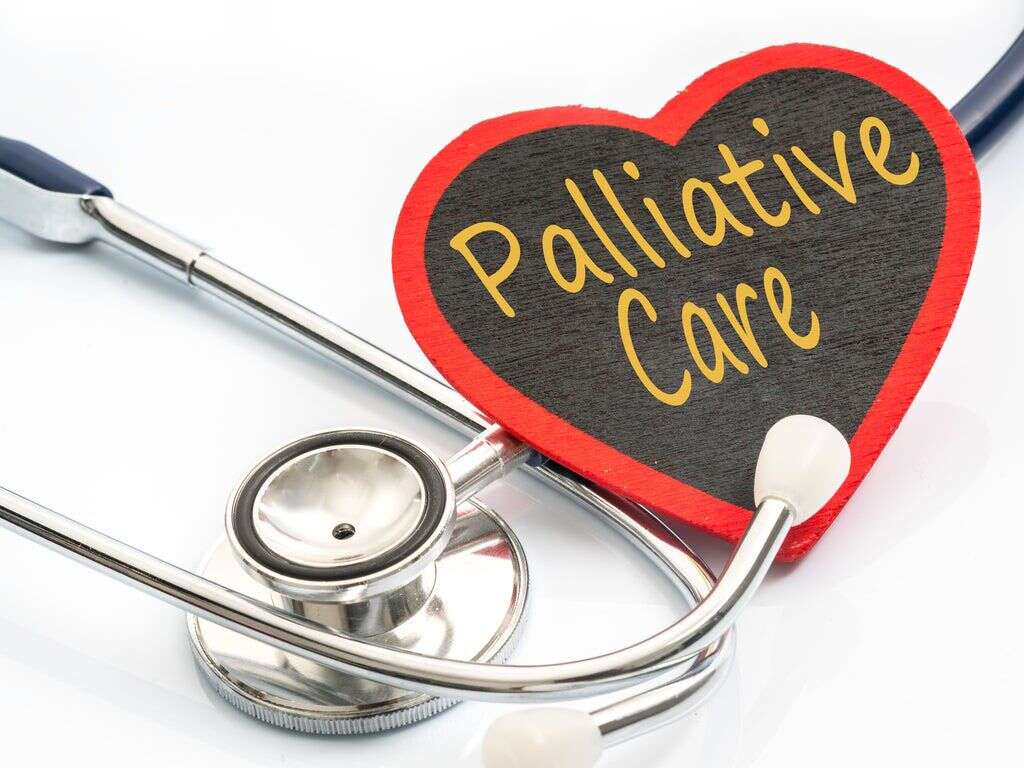What Is Palliative Care?
Palliative care is a branch of medical care for patients with serious illnesses. The main aim of this type of care is to relieve the symptoms of the patients and decrease the stress of the illness. Improving the quality of life for the person with serious illness and the family is the optimal goal.
Of course, this type of medical care is provided by a team of doctors, nurses, and specialists who are trained in these situations. It is an additional layer of support and it should be based on the needs of the patient. Palliative care is provided for any patient with a serious illness, no matter how old or the stage of the disease. The patient or the family can ask for it along with curative treatment.

1. Who Is Appropriate for Palliative Care?
Palliative care provides the patient who has been diagnosed with a serious, chronic, or life-threating disease with extra support. Patients usually continue with their curative treatment, no matter how aggressive it is, along with palliative care in order to relieve the side effects of medications and symptoms of their illness. For instance, palliative care is optimal for cancer patients who take curative treatments such as chemotherapy or radiation.

2. More Comfort
Palliative care is designed to provide more comfort to the patient irrespective of whether their medical status has a chance of recovery or not. It can be an optimal solution for patients with many serious and chronic illnesses such as HIV or AIDS, chronic obstructive lung diseases commonly known as COPDS, systemic lupus erythematous, diabetes mellitus, heart diseases, Parkinson’s disease, and dementia, including Alzheimers.
Palliative care provides more comfort for the patient irrespective of whether the patients health status is improving or not.

3. Is Hospice Care the Same as Palliative Care?
Hospice care is for people who are at the final stage of serious illnesses. It is designed to provide these patients with the comfort they need and improve their quality of life. Hospice care is not about a cure; it is about making patients comfortable and free of pain, in order to enable them to live fully each day.
The methods used to control pain are usually aggressive and hospice care is usually provided at home. The main goal of hospice care is to provide the patients with all the support they need; emotionally, socially, spiritually, and medically.

4. Quality Over Length of Time
There is a common misunderstanding between hospice and palliative care. Palliative care does not mean that the patient is dying, rather that the patient needs extra care. At some point, when all indications are that a patient has only about 6 months to live, curative treatment may be discontinued, and the patient may opt for hospice care instead of palliative care.
Hospice care includes other nonmedical members such as chaplains and volunteers. The disciplines and medications aim is to make the patients last days more comfortable.

5. When to See a Palliative Care Specialist
In the past, palliative care was provided to cancer patients only as an option for the final stages of the disease. Nowadays, it is provided for many patients with chronic diseases such as renal diseases, pulmonary diseases, neurological disorders, heart problems, and even immunity disorders such as AIDS.
The general position is that any patient with a serious illness who is in constant pain and stress can seek palliative care. Age is not a factor in this respect and the service is provided to children and adults alike. Improving the quality of the patients life and assisting in alleviating pain and suffering are the main goals of palliative care.

6. Evaluation for Palliative Care
In some cases, palliative care can be the optimal solution for the patient. These cases do not require curative treatment anymore and all the patient needs is relief from pain. Patients with mobility problems, functional problems, and performance problems who are not able to take care of themselves can benefit from palliative care.
If a doctor refers a patient to a palliative care specialist, an evaluation of the case is done. During the evaluation, mention all the symptoms and provide the palliative care specialist with any necessary information such as the pain episodes and its degree, your appetite, emotional status, feelings, general condition and specific conditions, and anything else that might be helpful.

7. Wholesome Care
The palliative care teams aim is to control the whole condition. The physical pain will be managed with painkillers such as opioids. Your psychological status can be modified by the use of certain medications such as antipsychotic drugs. Common side effects of medications such as nausea, vomiting, and diarrhea are also managed while physical therapy may be used to relieve certain types of pain.
Depending on the symptoms, some treatment options can be recommended such as surgical interventions, chemotherapy, and radiation. The main goal of these treatment options is to minimize pain. Emotional and psychological issues are important and they are part and parcel of palliative care. Mental health is also important and the team may include a therapist.

8. Support Groups
It is also recommended for patients to join support groups to avoid feeling alone, and to also make some friends with people who understand their pain. Any social problems will be addressed by a counselor or a social worker in order to resolve them as soon as possible. The team can also include a pharmacist, a dietician, and other members according to the patients and family’s needs.
The services can also include the family of the patient. Some families may develop social, psychological, and emotional problems due to the patients illness. Palliative care can provide them with relief to be able to cope with the overall situation and manage their problems.

9. Where to Get Palliative Care
Many medical facilities provide palliative care services. The services can be provided wherever the patient resides including cancer centers and hospitals. If the patient is not admitted to a hospital, there are palliative care services designed for patients outside health care facilities, and at home.
There are also programs that include assistance in the preparation of meals, meeting family needs, and even giving family members some time off from taking care of the patient. It is recommended to look for palliative care services in your local area. Also, ask about health insurance and if the palliative care services can be covered or not.

10. Patient Focused
In conclusion, palliative care is about meeting the needs and the wants of the patient. For this reason, palliative care is designed to focus on the patient, so that the care givers provide supportive care.
To achieve this, the patient and the family may need to have an exhaustive discussion with the palliative care specialist about the expectations of the family and patient. This will help the team to meet these expectations.












